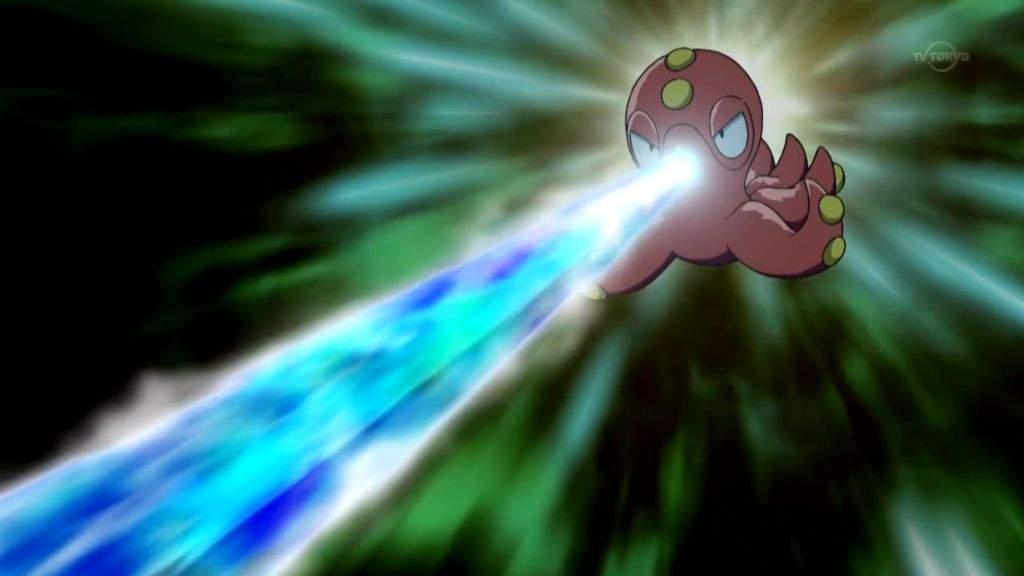

The hectocotylus when found in females was originally described as a parasitic worm. For fertilization, the arm is inserted into the female's pallial cavity and then becomes detached from the male. The males use a modified arm, the hectocotylus, to transfer sperm to the female. The males lack the dorsal tentacles used by the females to create their eggcases. In addition, the females have been known since ancient times, while the males were only described in the late 19th century. The males only mate once in their short lifetime, whereas the females are iteroparous, capable of having offspring many times over the course of their lives. Females grow up to 10 cm and make shells up to 30 cm, while males rarely surpass 2 cm.

The chambered nautilus was later named after the argonaut, but belongs to a different cephalopod order, Nautilida.ĭescription Sexual dimorphism and reproduction Īrgonauts exhibit extreme sexual dimorphism in size and lifespan. This is not the case, as argonauts swim by expelling water through their funnels. "Paper nautilus" is derived from the Greek ναυτίλος naftílos, which literally means "sailor", as paper nautili were thought to use two of their arms as sails. Of its names, "argonaut" means "sailor of the Argo". Unlike the closely allied genera Ocythoe and Tremoctopus, Argonauta species lack water pores. It consists of knob-like cartilages in the mantle and corresponding depressions in the funnel. The funnel–mantle locking apparatus is a major diagnostic feature of this taxon. Argonauta species are characterised by very large eyes and small webs between the tentacles. However, unlike most octopuses, argonauts live close to the surface rather than on the seabed. Like most octopuses, they have a rounded body, eight limbs (arms) and no fins. Īrgonauts are found in tropical and subtropical waters worldwide. Experiments by pioneering marine biologist Jeanne Villepreux-Power in the early 19th century disproved this hypothesis, as Villepreux-Power successfully reared argonaut young and observed their shells' development. It was once speculated that argonauts did not manufacture their eggcases but utilized shells abandoned by other organisms, in the manner of hermit crabs. It is used as a brood chamber, and to trap surface air to maintain buoyancy. This structure lacks the gas-filled chambers present in chambered nautilus shells and is not a true cephalopod shell, but rather an evolutionary innovation unique to the genus. They are also called paper nautili, referring to the paper-thin eggcase that females secrete. The argonauts ( genus Argonauta, the only extant genus in the family Argonautidae) are a group of pelagic octopuses. Continued abuse of our services will cause your IP address to be blocked indefinitely. Please fill out the CAPTCHA below and then click the button to indicate that you agree to these terms.

If you wish to be unblocked, you must agree that you will take immediate steps to rectify this issue. If you do not understand what is causing this behavior, please contact us here. If you promise to stop (by clicking the Agree button below), we'll unblock your connection for now, but we will immediately re-block it if we detect additional bad behavior.


 0 kommentar(er)
0 kommentar(er)
